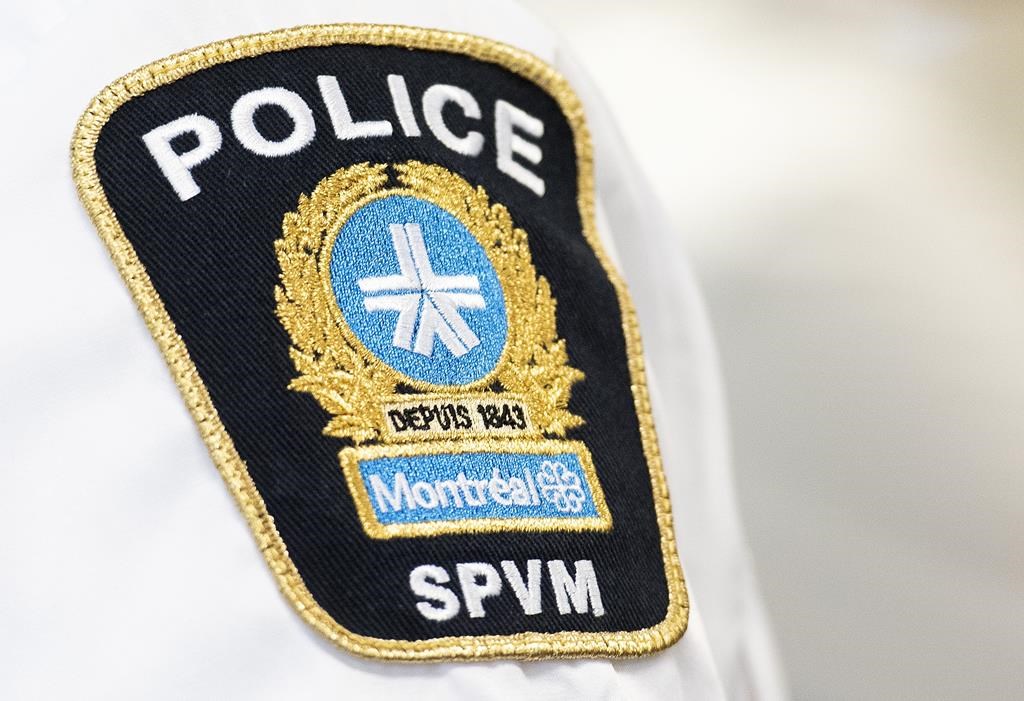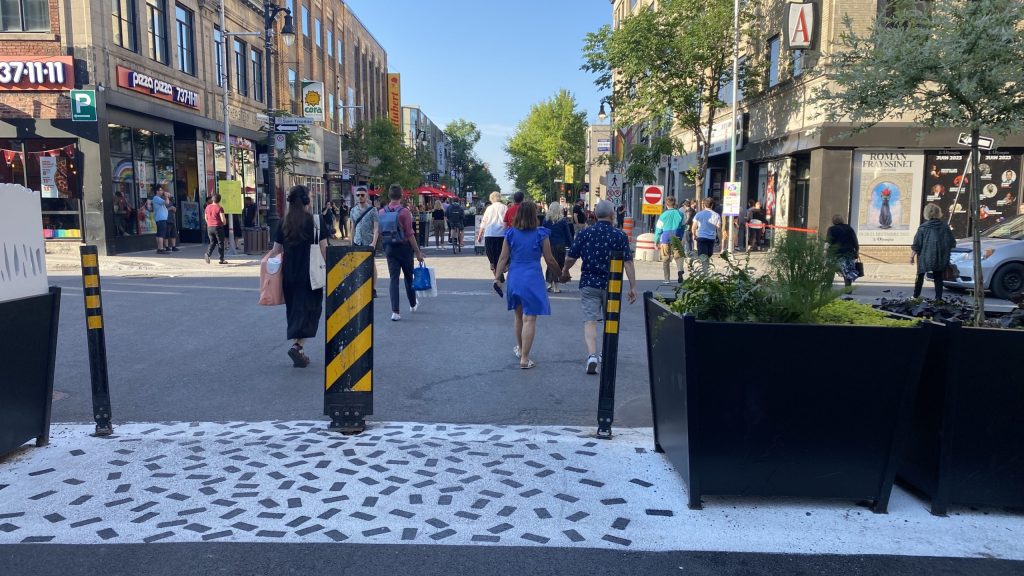Residents and doctors calling for more medical clinics in Parc-Extension
Posted January 20, 2022 5:34 pm.
Last Updated January 21, 2022 11:06 am.
It’s something that can be counted on one hand. The number of clinics available to residents in Parc-Extension – one of Montreal’s poorest and most racially diverse neighbourhoods.
Parc-ex has one of the lowest registration rates for family doctors at 61 per cent according to the health and social services ministry, this means people in the community must go to emergency rooms or try to find a walk-in clinic that can serve them. And while this sounds easy enough, most of the families have newly arrived in Canada.
“It makes it even more difficult for those individuals to access primary care,” said Juan Carlos Chirgwin, family doctor at CLSC Montreal. “There are the language barriers there’s also the very low internet literacy, medical literacy
“You can imagine the frustration and negligence they are going through because they are not getting any help. They are going through depression, they are going through mental health issues, anxiety,” explained Ghazala Munawar, coordinator of the South Asian Women’s Community Center.
“Waiting, waiting, waiting. You have to wait — some people are waiting seven to ten years so you have to wait, so I face many problems when I became sick, I couldn’t manage any doctor and it’s a big problem,” said Yasmin Begum, resident of Parc-Extension.
Montreal’s Côte-des-Neiges and Parc-Extension are neighbourhoods that are densely populated, but the Quebec government groups them together when it comes to how many permits they give out for doctors to practice in the areas.
Parc-Extension rarely sees an increase of permits while the majority is given to Côte-des-Neiges, leaving Parc-Ex a medical desert.
“There’s very few clinics in the Parc-Extension neighbourhood whereas, in the Côte-des-Neiges, there are numerous clinics many of them are GMF-Reseau’s some of them are group practices and clinics and then you have the teaching hospitals the CLSC’s,” explained Chirgwin.
“In the emergency, there is also a problem, they don’t listen they say ‘you don’t have to come here you have to go see your family doctor, so this is your minor problem you don’t have to come into the CLSC,’” said Rajbinder Kaur, resident of Parc-Extension.
“For us being community workers providing them services for the integration process and giving them support as well as trying to help them holistically, sometimes it’s very overwhelming,” said Munawar.
Munawar added that the lack of doctors available is an issue that has increased over the pandemic. The bigger issue is the lack of access to services due to language and socio-economic barriers that need to be changed.
“They need systems within the system for the new immigrants or for the immigrants living here so they can access all the services that are supposed to be for the citizens of this province.”



